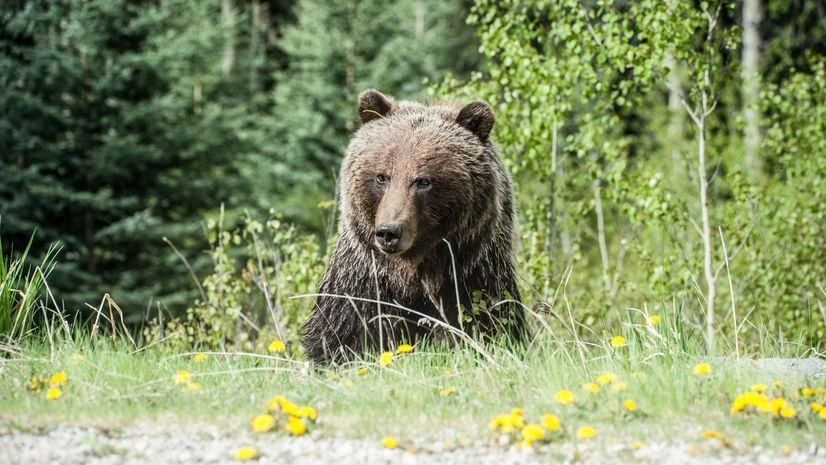A divisive question is stirring up social media: would you rather be alone in the woods with a bear or a man if given the choice? The responses online reveal a striking trend: many women opt for the bear, leaving men astonished.
The reactions show a fundamental disconnect between some men's and women's experiences. The surprising preference for encountering a bear stems from a harsh reality: the prevalence of male violence against women and a lifetime of learned fear and vigilance. Particularly concerning is the spectre of sexual violence, an association not typically linked with bear encounters.
Man or Bear
Statistics from the World Health Organization (WHO) paint a grim picture: one in three women globally, totalling around 736 million individuals, have experienced sexual or physical violence by an intimate partner or a non-partner in their lifetime. This alarming figure has seen little improvement over the past decade.
In contrast, bear attacks are relatively rare, with only 664 incidents reported worldwide over 15 years and fatal encounters even scarcer. Bears generally steer clear of humans, resorting to aggression only when provoked or protecting their offspring.
Not all men
This debate isn't about casting blanket suspicions on all men; women acknowledge that not all men pose a threat. However, what women don't know is which men to fear, only that male violence and entitlement to women's bodies loom as constant threats.
Sexualised violence disproportionately affects women, with men overwhelmingly comprising the perpetrators, even victimising other men. The reality is that enough men have inflicted harm or have the capacity to do so, leaving women in a perpetual state of vigilance. While much of the violence against women emanates from familiar quarters, the specter of danger from unfamiliar men shapes their daily routines.
Sexism and misogyny
Research shows that women change their behaviour – from choosing specific routes to adjusting attire – to evade harassment or abuse in public spaces, a phenomenon scholars like Fiona Vera-Gray term as "safety work."
More From This Section
Moreover, women's perceptions of men are influenced by non-violent actions that nevertheless harm women. Unlike bears, most men contribute to or tacitly support systemic sexism and misogyny.
Studies into misogynistic online communities reveal how men perpetuate acts that reinforce gender inequality. Writer Emma Pitman likened this dynamic to a human pyramid, where the silence of some men regarding abuse supports others engaging in misogynistic behaviour or violence.
This culture not only normalises but also perpetuates the actions of male sexual predators and domestic abusers, whether through active participation, ignorance, or indifference.
This culture elevates individuals who choose to remain silent bystanders when faced with instances of sexism, harassment, or abuse. It glorifies those who either actively participate in or passively endorse sexist or rape jokes, as well as those who adopt a stance of apologism towards rape and shift blame onto women for their own victimisation. Furthermore, it applauds individuals who respond aggressively when rejected by women, engage in stalking, control, and abuse, and ultimately perpetrate acts of rape, sexual harassment, or murder. This spectrum of misogyny represents the daily reality for women, yet nowhere in this continuum do bears play a role.

)
